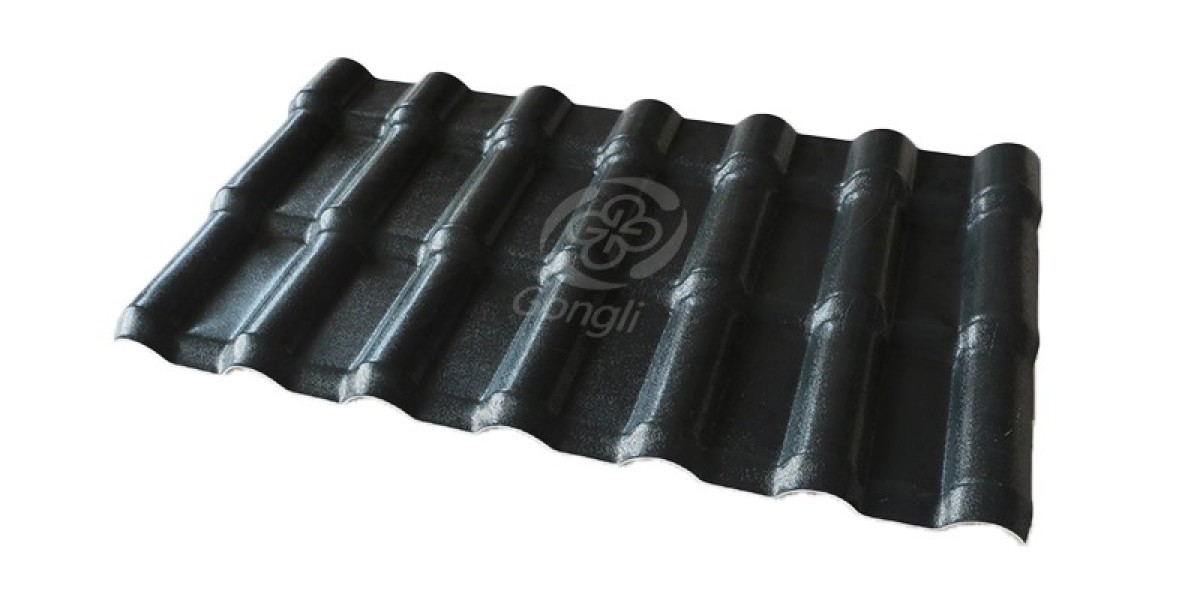In an era where environmental sustainability is paramount, the roofing industry is undergoing a significant transformation. The introduction of new raw materials in roofing not only enhances the durability and efficiency of roofing systems but also plays a crucial role in reducing the environmental footprint of construction. This article delves into the various environmental benefits of utilizing these innovative materials, emphasizing their importance in promoting sustainable building practices.
Enhanced Energy Efficiency
One of the primary environmental benefits of using new raw materials in roofing is the enhanced energy efficiency they provide. Traditional roofing materials often absorb and retain heat, leading to increased energy consumption for cooling in warmer climates. In contrast, modern materials, such as reflective membranes and green roofing systems, are designed to reflect sunlight and reduce heat absorption. This not only lowers energy costs for homeowners but also decreases the demand on power plants, thereby reducing greenhouse gas emissions. By choosing roofing solutions that incorporate these new raw materials, builders and homeowners contribute to a more sustainable future.
Reduced Waste and Resource Consumption
The use of new raw materials in roofing also significantly reduces waste and resource consumption. Many of these materials are sourced from recycled products or sustainable resources, minimizing the need for virgin materials. For instance, roofing systems made from recycled rubber or plastic not only divert waste from landfills but also reduce the extraction of natural resources. This circular approach to materials management is essential for promoting sustainability in the construction industry. Additionally, many new roofing materials are designed for longevity, which means they require less frequent replacement, further reducing waste over time.
Improved Water Management
Another critical environmental benefit of using new raw materials in roofing is their ability to improve water management. Innovative roofing solutions, such as green roofs and permeable roofing systems, allow for better stormwater management by absorbing rainwater and reducing runoff. This is particularly important in urban areas where impermeable surfaces can lead to flooding and water pollution. By incorporating these environmentally friendly roofing materials, builders can create systems that not only protect the building but also contribute positively to the surrounding ecosystem.
Support for Biodiversity
The integration of new raw materials in roofing, especially in the form of green roofs, supports urban biodiversity. Green roofs provide habitats for various species of birds, insects, and plants, contributing to the overall health of urban environments. This biodiversity is essential for ecosystem resilience and can help mitigate the effects of climate change. By choosing roofing systems that utilize these innovative materials, property owners can play a part in fostering a more diverse and sustainable urban landscape.
Conclusion
In conclusion, the environmental benefits of using new raw materials in roofing are vast and impactful. From enhancing energy efficiency and reducing waste to improving water management and supporting biodiversity, these materials play a crucial role in promoting sustainable building practices. As the construction industry continues to evolve, embracing innovative roofing solutions will be vital for achieving environmental goals and creating a more sustainable future for generations to come.






